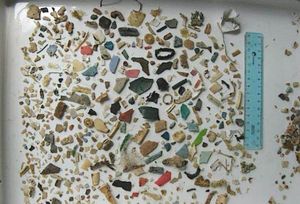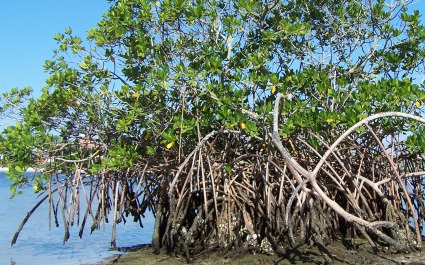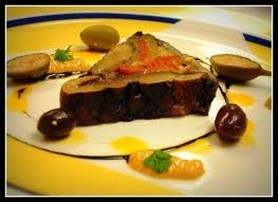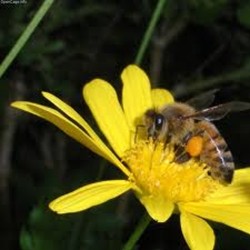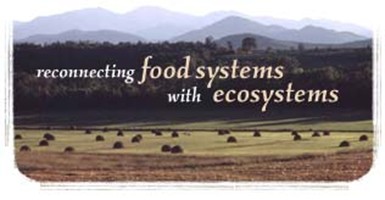We all know that packaging is a part of our food world that is damaging to the earth – just look at the plastic bags, water bottles, pizza boxes, aluminum cans, and more, that litter our parks, fill our landfills, clog our streams, and can ultimately harm ocean animals, as you can see in the accompanying photograph of trash taken from a turtle’s stomach.
Ok, where’s the good news? Nature, as usual, has anticipated our need. There ARE foods with their own packaging – bananas, eggs, grapes, walnuts, and more. Some ingenious people have been working on making food wrapping that is biodegradable – I first mentioned this in my 2002 book Eating to Save the Earth. Progress is being made, and in fact, the new wrinkle is to make the wrapping not just biodegradable, but edible.
Writer Beth Buczynksi says it well in her title, “Is Edible Food Packaging The Answer To Plastic Waste?” She highlights the work of Harvard professor David Edwards, who has invented a machine that creates WikiCells, which are membranes made of natural food elements. I am not making this up. Tomato coverings for gazpacho soup and orange membrane to contain orange juice and (be still, my heart) chocolate membrane to contain hot chocolate.
At the moment, you’d have to buy a machine to create these, but we might see these in stores in a year or so. Borrowing a phrase from my recent food/environment book The Green Foodprint, I’d call this Nude Food!
However, let’s not forget that this would be a product of biotechnology, and the molecules would be manipulated with industrial methods. A journal article abstract on the topic in the Annual Review of Food Science and Technology contains phrases like “biopolymer-based food packaging materials” and ”dry thermoplastic process” and “nanocomposite concepts.” What do you think?
